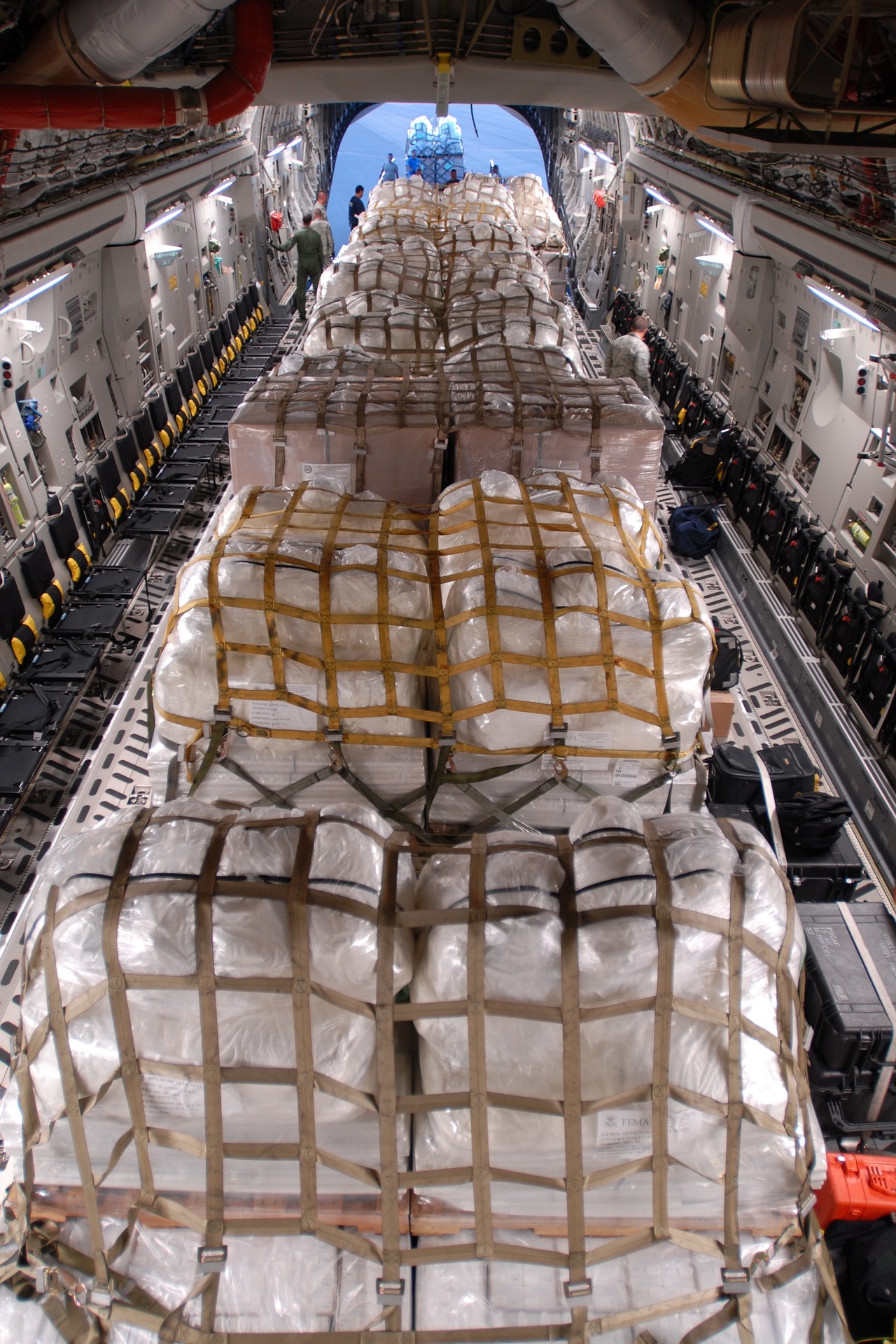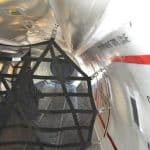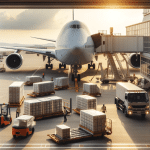
Air freight, the process of moving cargo from Point A to Point B via aircraft, is a fast way to transport goods globally. While seemingly straightforward, the process can be quite complex. It’s essential to determine if air freight is suitable for your needs, understand the involved procedures, have the correct documentation to avoid delays, and collaborate with a professional freight forwarder for smooth transactions.
We’ve detailed the complete air freight process below, accompanied by a visual step-by-step workflow.
Step #1: Request Quotes and Order Your Product
After choosing air freight, negotiate with overseas suppliers to comply with air transport requirements. Remember, air freight is a two-way deal requiring supplier cooperation.
Your tasks include:
- Finding the right supplier through market research.
- Deciding on Incoterms to balance risk between you and the supplier.
- Engaging a freight forwarder to communicate with suppliers and handle documents.
Also, weigh air freight against alternatives like ocean freight or air-sea solutions for their distinct advantages.
Step #2: Understand the Impact of Airfreight
Before finalizing documents with your supplier, grasp the nuances of air freight, such as volumetric ratios and container types. Research is key to making informed decisions.
Step #3: Pack Your Cargo and Book Your Freight
Discuss aircraft restrictions with your forwarder, compare different airfreight services, and select the most suitable route, considering factors like the pandemic’s impact on air travel.
Step #4: Freight Forwarder Arranges Shipment
Your freight forwarder will manage the packing and documentation, including commercial invoices, packing lists, certificates of origin, and dangerous goods forms, culminating in the issuance of an airway bill.
Step #5: Goods Processed Through Export Customs Clearance and Placed in Transit
Upon arrival, your cargo undergoes customs clearance and handling by a Cargo Terminal Operator (CTO), with procedures differing based on the type of airway bill used.
Step #6: Deconsolidation and Customs Reporting
For consolidated shipments, deconsolidation occurs at a Customs Bond facility. Direct shipments are collected directly from the CTO without needing deconsolidation.
Step #7: Transport from Airport to Buyer
Once cleared, a transport operator delivers the cargo to its final destination. It’s important to know the delivery point’s unloading capabilities and hours to ensure smooth delivery.
Questions?
If you have any questions about air freight, our expert freight forwarding specialists are here to provide tailored advice. Contact us for more information or to request a quote.





